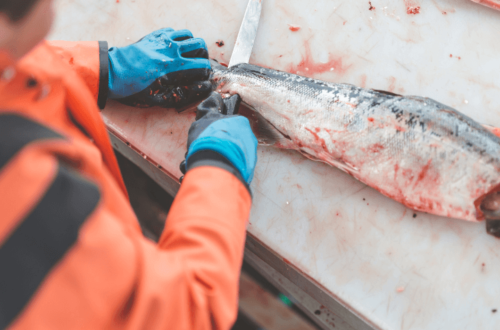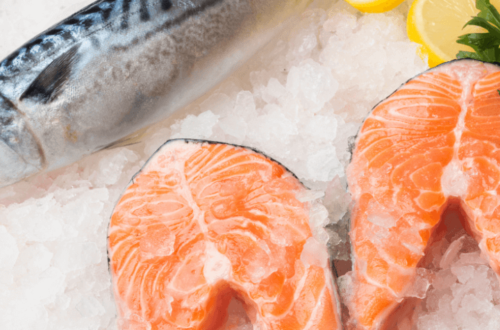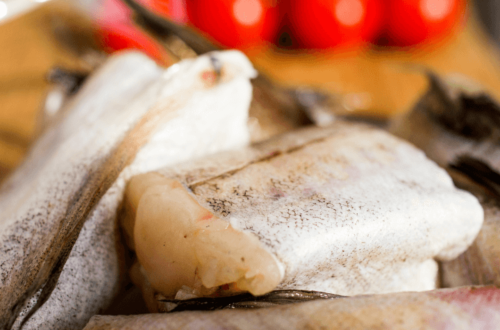In the realm of culinary exploration, few experiences rival the thrill of cooking with wild game. From the rich, earthy flavors of venison to the succulent tenderness of wild boar, wild game offers a unique and rewarding culinary adventure for those willing to embrace its flavors. In this blog post, we’ll journey into the wilderness and uncover a treasure trove of wild game recipes that are sure to excite your palate and ignite your passion for cooking with nature’s bounty.
The Appeal of Wild Game:
Wild game holds a special place in the hearts of many adventurous cooks and food enthusiasts. Harvested from the untamed landscapes of forests, mountains, and plains, wild game offers a taste of the wild unlike any other protein source. Beyond its distinctive flavor profile, wild game is often leaner and more nutrient-dense than conventionally raised meats, making it a healthier and more sustainable choice for conscientious consumers.
Exploring Wild Game Varieties:
One of the most exciting aspects of cooking with wild game is the sheer variety of species available to adventurous cooks. From venison and wild boar to duck and rabbit, each type of wild game offers its own unique flavor profile and culinary potential.
Venison, for example, is prized for its lean yet flavorful meat, which lends itself beautifully to a variety of cooking methods, from grilling and roasting to braising and stewing. Wild boar, on the other hand, boasts a rich, slightly sweet flavor and tender texture that pairs well with bold spices and aromatic herbs.
Duck and rabbit, while less common in mainstream cuisine, offer their own distinct culinary delights. Duck’s rich, gamey flavor and succulent meat make it a favorite among adventurous cooks, while rabbit’s lean, tender flesh lends itself well to a wide range of cooking techniques, from slow braising to quick pan-searing.
Wild Game Recipes to Try:
- Grilled Venison Steaks with Rosemary and Garlic: Marinate venison steaks in a mixture of olive oil, minced garlic, fresh rosemary, salt, and pepper, then grill to perfection for a flavorful and tender main course.
- Slow-Roasted Wild Boar Shoulder with Red Wine and Juniper Berries: Braise wild boar shoulder in a rich red wine sauce infused with aromatic juniper berries, garlic, onions, and fresh herbs until fall-apart tender.
- Pan-Seared Duck Breast with Cherry Port Sauce: Sear duck breast in a hot skillet until crispy and golden brown, then serve with a luscious cherry port sauce made with red wine, port, fresh cherries, and shallots.
- Braised Rabbit with Mustard and White Wine: Slow-cook rabbit legs in a savory broth flavored with Dijon mustard, white wine, onions, carrots, and fresh thyme until fork-tender and deliciously flavorful.
- Grilled Quail with Herb Butter: Marinate quail in a mixture of olive oil, lemon juice, garlic, and fresh herbs, then grill over high heat until golden brown and cooked through, serving with a dollop of herb butter for added richness.
Cooking Tips for Wild Game:
- Always source wild game from reputable suppliers or reputable hunters to ensure freshness and quality.
- Trim excess fat and silver skin from wild game cuts before cooking to prevent any undesirable flavors.
- Consider marinating wild game cuts in acidic ingredients like vinegar or citrus juice to help tenderize the meat and enhance flavor.
- Cook wild game to medium-rare or medium doneness to preserve tenderness and avoid drying out the meat.
- Experiment with different cooking techniques and flavor combinations to discover new and exciting ways to enjoy wild game.
As we’ve explored in this blog post, cooking with wild game offers a thrilling culinary journey into the heart of the wilderness. With its unique flavors, nutrient-dense qualities, and rich culinary heritage, wild game has much to offer adventurous cooks and food enthusiasts alike. So embrace the wild side of cooking, and let these delicious wild game recipes inspire you to embark on your own culinary adventures in the great outdoors.








